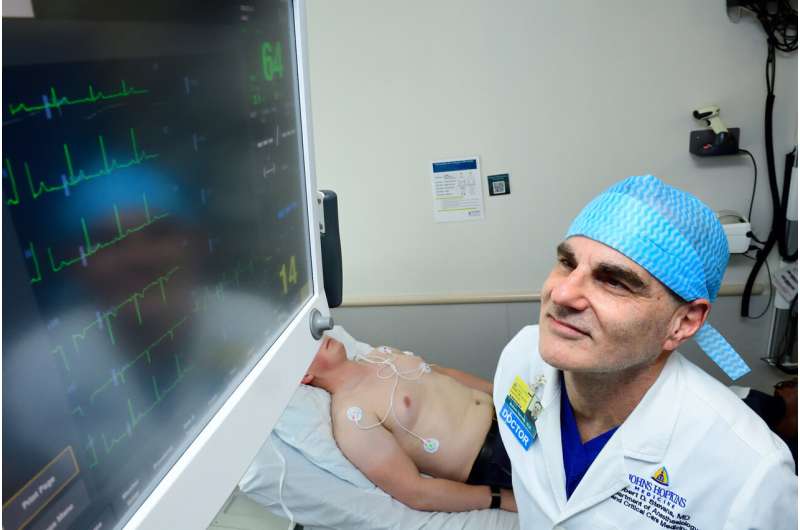The work by Johns Hopkins University researchers, which turns standard and inexpensive test results into a potentially life-saving tool, could transform decision-making and risk calculation for both patients and surgeons.
“We demonstrate that a basic electrocardiogram contains important prognostic information not identifiable by the naked eye,” said senior author Robert D. Stevens, chief of the Division of Informatics, Integration and Innovation at Johns Hopkins Medicine. “We can only extract it with machine learning techniques.”
The findings are published in the British Journal of Anaesthesia.
A substantial portion of people develop life-threatening complications after major surgery. The risk scores relied upon by doctors to identify who is at risk for complications are only accurate in about 60% of cases.

